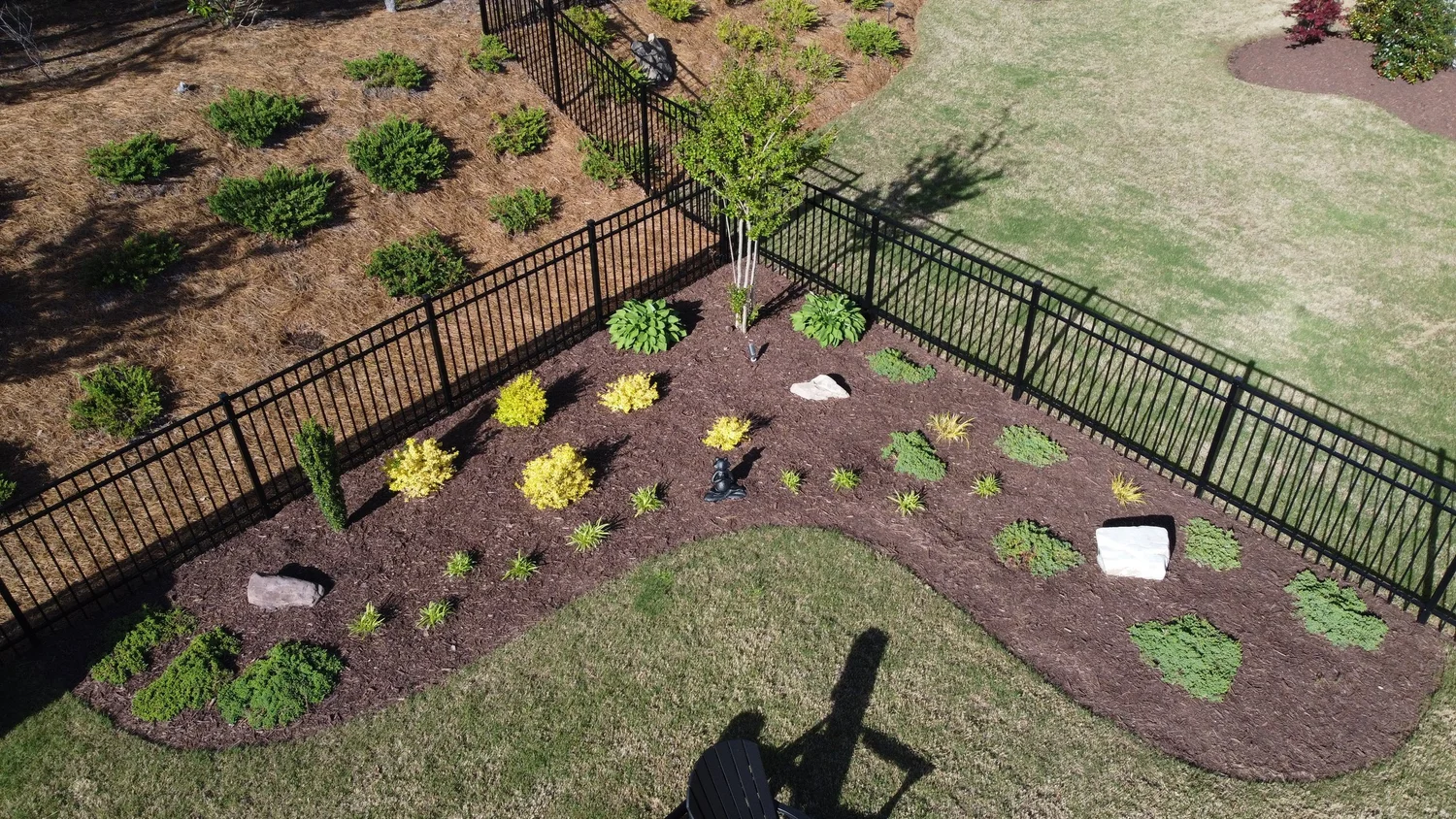protecting plants from frost in north carolina
How To Protect Plants from Frost in North Carolina’s Cold Winter Climate
Winter in North Carolina brings a particular set of challenges for homeowners and gardeners. While we don’t often face the deep freezes like northern states, sudden frost events can still wreak havoc on our plants. As a gardener who’s spent many winters in North Carolina, I’ve learned a few strategies for keeping my plants safe and I want to share them so your garden, too, can survive and thrive through NC’s colder months.
Why Frost Matters in North Carolina
Even in mild zones, frost can damage delicate leaves, shock roots, or burn new growth. The good news is that with a little planning, you can help your plants survive NC’s winter. If you're wondering how to protect plants in the winter in NC, a few smart steps go a long way.
5 Practical Tips for Protecting Plants from Frost in NC’s Climate
Here are five tried-and-tested methods I’ve used in my own garden.
1. Water Your Soil Before a Freeze
Giving your plants a drink before a cold snap helps more than you might think. The moist soil acts like a buffer against the cold and holds heat better than dry soil.
For container plants, slightly damp is enough.
For in-ground beds, water a day before the freeze hits (don't over do it!).
2. Use Insulating Covers (Not Plastic Tarps)
When the forecast calls for frost, cover vulnerable plants with breathable materials.
Frost cloths are perfect, drape them over the plants to help them keep warm.
Avoid plastic tarps! They tend to trap too much moisture and can burn the leaves.
Secure your covers with something heavy (bricks or stakes) so the wind can't blow them over.
3. Mulch Deeply to Insulate Roots
Mulch is one of the easiest and most effective ways to help plants survive NC’s winter.
Apply a 3-inch layer of organic mulch around ALL plants.
To avoid rot keep mulch a few inches away from trunks.
Mulch helps to control soil temperature and reduce stress on plants.
4. Use Season-Extension Tools
If you want to go a step further, especially for delicate or container plants, you can rely on season-extension options.
Cold frames, high tunnels, or low tunnels: These keep plants warm and act like mini-greenhouses.
Row covers or cloches: Lightweight fabric covers or clear domes that give plants more protection.
Windbreaks: Placing a fence, hedge, or other barrier can help block cold winds from damaging plants.
5. Strategic Plant Placement and Timing
Where you plant matters just as much as how you protect.
Choose more sheltered spots for frost-sensitive plants.
Avoid low-lying areas where cold air settles.
Don’t fertilize late in the season with nitrogen-heavy products. Encouraging new growth closer to colder weather makes plants vulnerable.
Bonus Tip: Plan for Recovery, Not Just Prevention
Even with the best protection, plants sometimes suffer frost damage. That’s okay.
If you notice leaf burn or brittle branches, don’t rush to prune immediately. Some plants re-sprout from the roots later in the spring.
Assess damage in early spring and remove only what’s clearly dead once new growth begins.
Real-World Example: My Own Frost Strategy
Last winter, I had potted camellias on my deck. When a hard frost was predicted, I moved them close to my house against the southern wall, watered them in the afternoon, then covered each pot with a frost cloth. I weighed the covers down with bricks, and in the morning, once the frost had cleared, I removed them. The next day, the plants looked healthy, not a single leaf burn. This simple routine saved me from heartbreak (and replaced plants).
Frost doesn’t have to mean devastation. By using smart strategies like watering, mulching, covering, and planning you can significantly improve how your plants survive winters in North Carolina. Try out one or two of these tips before the next cold snap, and you’ll be giving your garden the best possible shot.
By: Lucio S.

